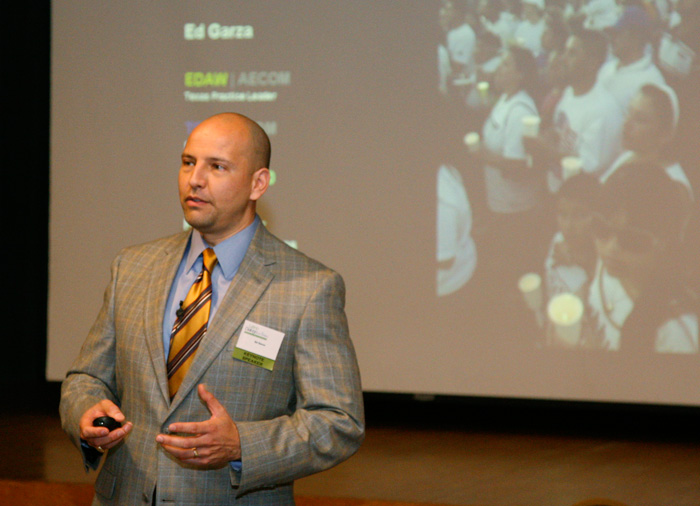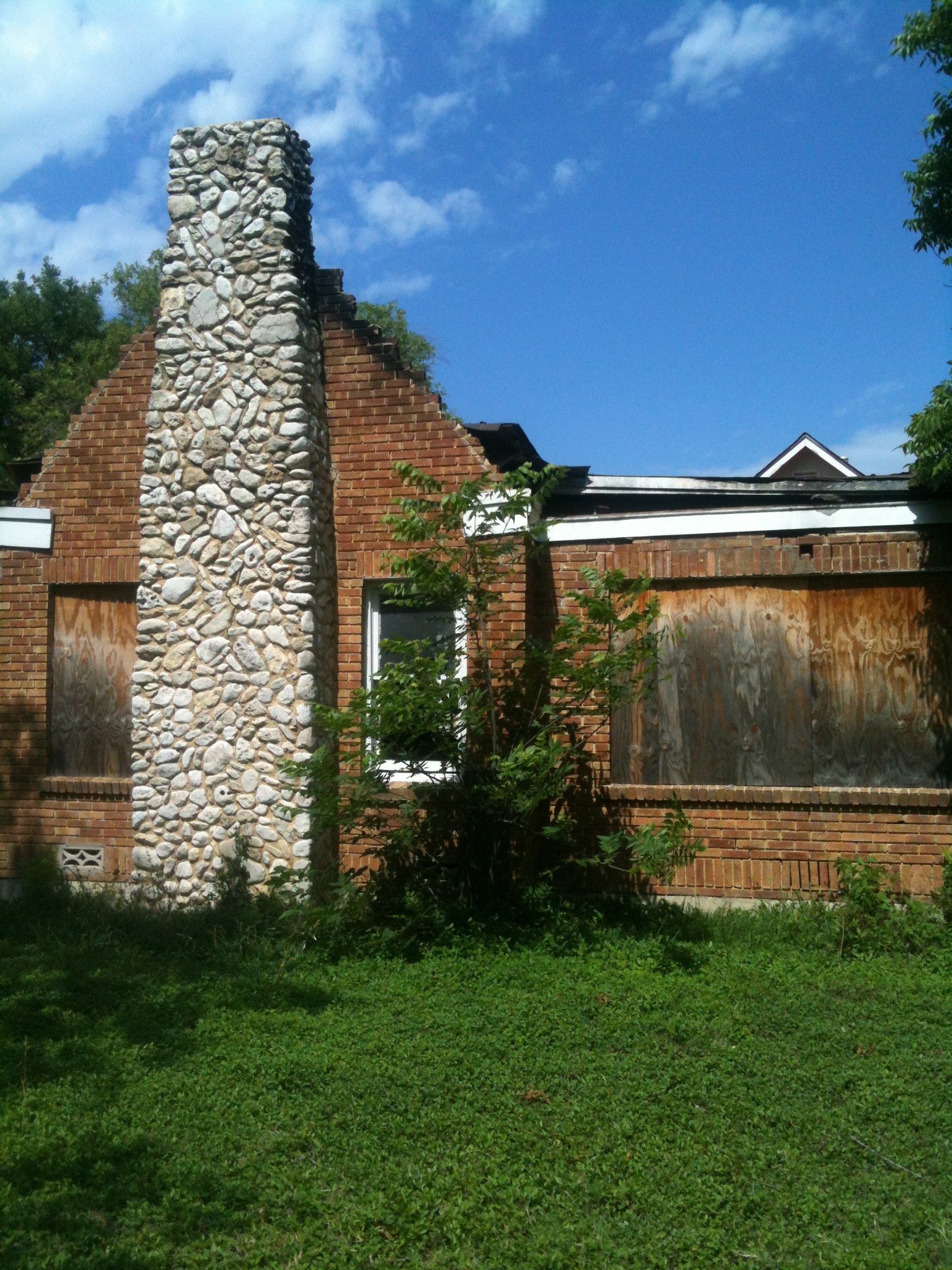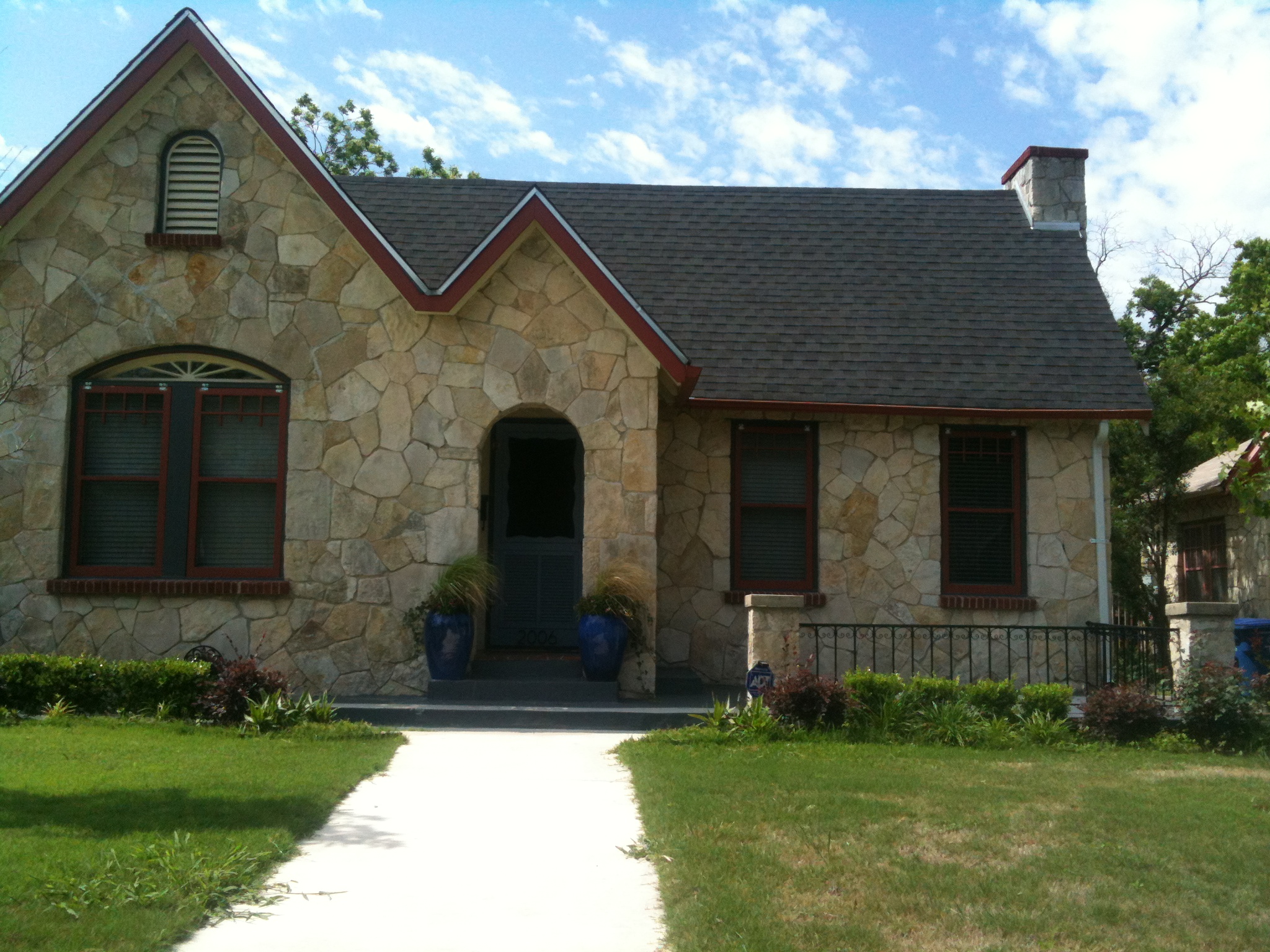 I recently posted a piece about Ed Garza, former mayor of San Antonio, and current President of the San Antonio Independent School District (SAISD), critically reviewing his real estate businesses and questioning some of his results.
I recently posted a piece about Ed Garza, former mayor of San Antonio, and current President of the San Antonio Independent School District (SAISD), critically reviewing his real estate businesses and questioning some of his results.
Garza was kind enough to respond last week, and I appreciate that he took the time.
He corrected a significant error I made on the price at which he sold one of his properties, although the outcome of a lawsuit with respect to a fire at the property, and his sale, should still remain in the public eye.
My goal with Bankers Anonymous is to make finance and financial transactions more accessible to the public. This matters particularly when it comes to evaluating public officials’ actions in the public and private business sphere.
An important correction to my review of the 139 North Street transaction
Garza reached out to me last week shortly after I posted a review of his real estate transactions.
Most importantly, he corrected a sale price I reported for 139 North Street, which burned in the Spring of 2011. Based on a public records search, I reported a sale price of $156,250, an implausibly high sale price for a burned structure.
Garza has since showed me a ‘Settlement Statement’ on the sale to Nuvista LLC, which shows a more reasonable $43,000 purchase price. Since an unusual feature of the 139 North Street situation – in addition to the unusual fire, the unusual buyer, and the unusual loan – was the sale price this is an important correction.
The buyer, Nuvista LLC – newly formed in November 2012 by a recently bankrupt gentleman from Arizona – did obtain a $125,000 loan from private individuals in Allen, TX at the time of the purchase.
Ed Garza also responded to other aspects of my real estate review, and I have included commentary and portions of our interview below.
We covered a range of topics, including
A) The fire at 139 North Street
B) The sale price of 1919 Magnolia
C) The appraisal of 2006 Magnolia
In a subsequent post, I’ve included a portion of the interview in which we discussed his other business dealings, including contracting with VIA.
A) Fire at 139 North Street

I noted in my piece that a fire in the empty property seemed unusual, and I was curious what the fire inspection showed. Garza responded that
1. The Fire department’s report was ‘inconclusive,’
2. The bank’s insurance company initiated litigation against the contractors on the issue 1.5 years ago,
3. Garza’s firm joined the litigation alongside the insurance company, and
4. Depositions have not yet begun as of June 2013.
The portion of the interview about the fire is below. [I have edited out a few comments tangential to the discussion of the fire at 139 North Street.]
Michael: I’m interested in the story that was reported in the Express News about 139 North Street, and that there’d been a fire there. Can you tell me what happened? I can only see what I can see from that story, but what happened?
Ed: It was a home that was being restored. Probably 80% into the project, the fire occurred. When it’s 80% of the project, that’s after putting in, and investing into a renovation budget of probably close to $100,000 over a period of at least a year, and trying to bring that house, which had been vacant to a number of years prior to the purchase. It was devastating to have something that you spent not just obviously money to invest, but also the time and effort and sweat equity to bring something back to life, in a neighborhood that I’ve lived in all my life was quite devastating. It was the last house that we renovated either individually or as an entity just because of the financial hit we took because of the fire.
Michael: Who was the contractor?
Ed: The contractor was a local contractor that we used, Fieldgate Remodeling was the name of the firm. We used them in the house prior on some work. They were not a general contractor but they had performed services in some of the renovation on the house prior. I was impressed with their work. I was quite busy at the time and my business partner at the time was also busy.
With this next house that we had in inventory, we wanted to get somebody to do the day-to-day, which we’d never done before. We asked them if they would be the general contractor for the project to oversee the day-to-day work.
Michael: Fieldgate Remodeling was the general contractor?
Ed: Correct.
Michael: What happened? Did they have insurance?
Ed: They have insurance. After the fire, the city did their inspection and it was — I guess the best way to say it was there wasn’t a conclusion, it was kind of undetermined.
Michael: When you say the city, who does the inspection for the city?
Ed: The fire department.
Michael: The fire department did an inspection?
Ed: Correct.
Michael: You described that as an inconclusive report?
Ed: Right. They said the property was secure, there was no forced entry into the property. But that they asked what had been done the night before, and what we were told by the contractor, the night before they were sanding the floors. Again this is getting into the final stages of the renovation. The arson investigator that the bank – or the insurance company for the bank – concluded for their report that they believe the fire was started through the combustion of the wood particles the night before, of the sanding of the floors with chemicals from — on a rag from what was used in the kitchen on the tile work.
The chemical and dust particle started the fire in a bucket near the front, literally in the front window of the house. If you’re standing there from the street, you would be able to see somebody. That’s where the bucket had been left, and that’s where the fire started. It burnt through the floor, went under the floor, through the walls, up to the attic and that’s what collapsed in the house was a big attic.
Michael: Do you know who the fire department person was who did the inspection?
Ed: Not offhand, I’m sure I can find his card.
Michael: Do you remember who the insurance company was?
Ed: That’s the same thing, I can get you that information. Are you talking about the insurance company for them or for the bank?
Michael: For the bank.
Ed: I can get you that information. It was also devastating the day of the fire that I learned my business partner allowed the insurance on the property to lapse. That was a shock. Fortunately, I found out through that week that the bank of course by law has to have the house insured, so they had a forced insurance on the property. But was not one that we carried as the property owners.
Since that time, the insurance company filed suit against Fieldgate. We joined that suit. I forgot the legal term that’s used, but we joined that suit for damages caused by that fire. We haven’t been deposed yet.
Michael: Your business partner let the insurance lapse?
Ed: Correct, for the entity. I’m not going to just blame him, but yeah, the business entity did not renew the fire-insurance policy on the house.
Michael: You were personally uninsured but the bank was insured. Do you remember the insurance company’s name?
Ed: No.
Michael: Did the bank’s insurance pay the bank off for the mortgage?
Ed: Yes.
Michael: When did they pay?
Ed: It was probably a few months after the fire.
Michael: At that time, the bank had insurance; you didn’t.
Ed: Correct.
Michael: Then the bank’s mortgage —
Ed: We weren’t going to collect on anything from the insurance but the bank, because of the forced insurance policy, was covered.
Michael: You’re understanding is the insurance did pay out to the bank?
Ed: Yes, so the note was paid later that year, the note was paid off. We held the property free and clear, but of course it’s a fire-damaged property.[1]
Michael: Sure.
Ed: We were out of the investment made for the renovation. No real way to recoup that, and renovating it was going to be — we did get an estimate to rebuild as-is, in terms of same materials, same quality the house was built. It was a little over $200,000.
Michael: It would have cost you $200,000 to rebuild.
Ed: Right, to rebuild as-is, same materials, same quality lumber, every detail was estimated and it was going to be quite an investment.
Michael: The timeline for the mortgage being satisfied by insurance on North Street is really the end of 2011?
Ed: Correct.
Michael: You’ve not been on the hook for that one since the end of 2011.
Ed: Correct, not on the hook in terms of the mortgage, but still in the litigation of the property.
Michael: Is that ongoing still?
Ed: Correct, we’ve not even been deposed yet. We joined that suit with the insurance company that sued the contractor, based on their investigation.
Michael: Are you claiming damages as well?
Ed: Yes.
Michael: As the entity that owned 139 North Street, trying to get reimbursed.
Ed: Correct.

It’s not terribly relevant to the review of Garza’s real estate transactions, but he wanted me to note that in fact he purchased 1919 Magnolia at a better (ie. lower) price than I had obtained from my public records search. I had reported, based on records available to me, that he acquired the property for $114,220.40, which he 7 months later flipped for $250K. He clarifies that he purchased it for $90,400, and sold it for $234,000.

I expressed surprise in my review of this transaction that the buyer could obtain a 1% down-payment mortgage, at a price significantly above nearby comparables, in the tough real estate and lending environment of 2010.
Garza responded, in essence, that
1. The buyer must have had good credit [I think this is necessary, but not sufficient.]
2. The Austin-based bank appraiser must have seen something in the renovation that allowed him to use higher-end Monte Vista comparables rather than the dozens of Monticello Park comparables to come up with an appraisal.
[I have edited this section to take out non-germane comments]
Michael: That reminds me of this other property we haven’t talked about, the 2006 West Magnolia. What’s interesting about that for me is that this buyer was able to get such an attractive financing package. Did you know this buyer?
Ed: I did meet the buyer. They had a realtor.
Michael: Did you list it with somebody?
Ed: Yeah, the same lady that listed 1919 [Magnolia] listed 2006 [Magnolia] with Keller Williams.
Michael: Josette Gonzales?
Ed: Correct. I think that one took — that was already in the bust of the real-estate market and she was more cautious again because the values had gone down, appraisers were even more unpredictable in terms of how they would look at properties. But she still came back and said we can sell this one for $234,000. Keep in mind every house that we did set a new per-square-foot record in Monticello Park. I only focused in Monticello Park. That’s my neighborhood.
I wasn’t interested in buying properties to flip or just doing any house. Being employed at the time with a big company, I didn’t have the time to be doing this as a flipper would. This was more about bringing value back into the neighborhood that I’ve invested in, my wife’s invested in. It really became a passion.
So 2006, again being parishioners at St. Anne’s and the man was a deacon at the church. He passed away and his siblings, his daughter approached me about purchasing that house. We bought it for $120,000. Every house that I bought from Magnolia, both Magnolias, to the Mistletoe, to Fir, I always tracked the BCAD [Bexar County Appraisal District Online Property Search] and I would never offer anything more than the BCAD. That was just a general rule.
This one was right at the BCAD price when we purchased it, and probably sat on it for at least six to eight months before we started the project.
Michael: Just on the 2006 Magnolia, you got an amazing sale off, and what I thought was interesting and highlighted is the buyer — you said you knew the buyer somewhat?
Ed: No. The buyer was represented by a broker, and the buyer is the owner of Candlelight Coffeehouse. They’re the actual owners, what was represented to us, and they were not going to have a problem with applying for the note.
Michael: The note is extraordinary, a 1% down mortgage.
Ed: Right. It must be because of their credit. I would imagine that’s how they were able to get those terms, especially at that period of time. That house we probably had on the market for a month but for us that was a long time. Magnolia was a bit longer, being in 2010, and the market the way it was, but we were still able to sell it within that first couple of weeks.
Michael: I’ve been doing property for a long time and I find just getting a 20% down payment mortgage takes about two months itself, never mind a 1% down payment mortgage within a month, and never mind at a price that really these are outliers if you compare to other tax-assessed value or Zillow value in your neighborhood. They’re really big.
Ed: Even the appraisers, the one for 2006 Magnolia was an Austin appraiser, and every house was a different appraiser. You never know which way they’re going to lean, but the one from Austin came in and said this is an impressive house, every detail of this house has been renovated from the minute you walk up the sidewalk, to the new lawn, new driveway, every little detail of the house.
He said, “You don’t see these kinds of renovations. Usually we see flips, which mainly are in the interior, they may be more cosmetic. They don’t get to foundation or rewiring, and definitely don’t get to the landscaping.” Even an Austin appraiser didn’t know anything about the neighborhood, and they came with that Austin perspective. He appraised it a bit above what we were under contract for. They were using a lot of comps because many of these appraisers couldn’t find comps in Monticello, but they were using comps from Monte Vista.
Michael: I got a mortgage in 2010 and my bank came in about 15% less than what I was paying. I’m amazed that in 2010 you could get a 1% down mortgage and a bank to come in at really 30% higher than anything else in the neighborhood. It’s impressive.
Ed: We did a house on Fir also, 222 Fir, and that one set a per-square-foot record. That was the first one I did with Mr. Wayne. That was a 2-bedroom/1-bath and I think we had it sold for 211,000. The price per square foot it was $180-190 range, which again was unheard of in Monticello Park.
[1] “Free and clear” in this context is another way of saying Garza’s company owned the property without a mortgage.
Post read (7252) times.





One Reply to “Ed Garza responds – on Real Estate”